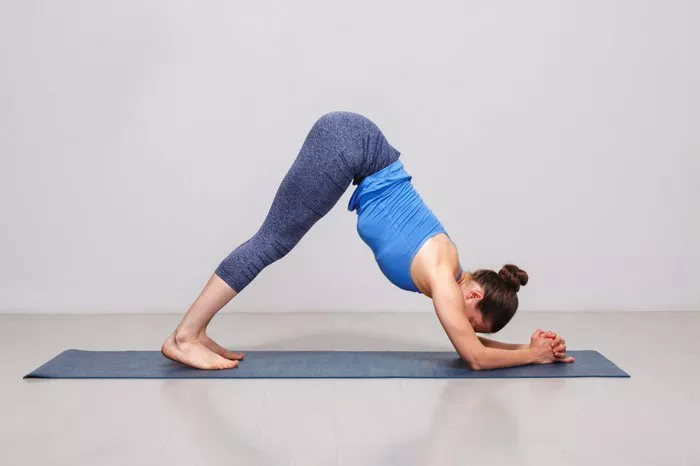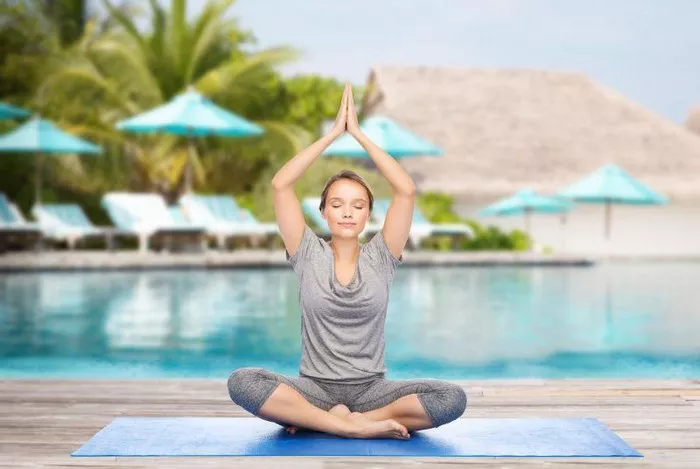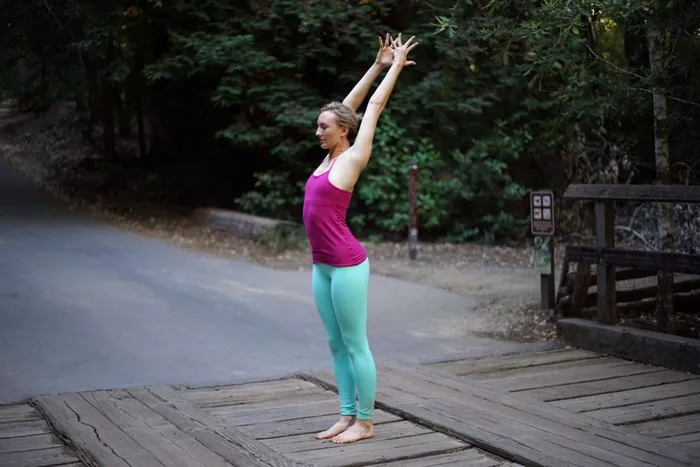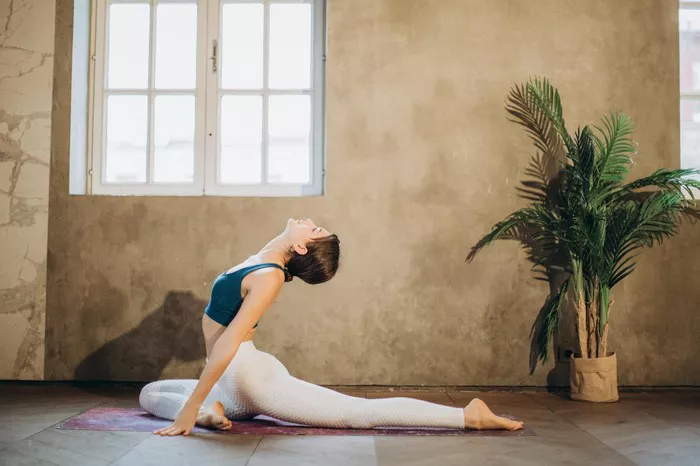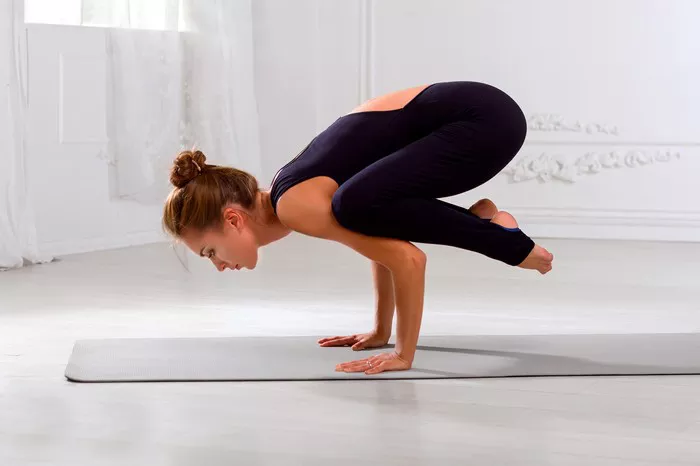Yoga mats are essential tools for practitioners, providing the necessary support, grip, and cushioning for a safe and effective practice. While commercial mats are widely available, creating your own yoga mat can be a rewarding and personalized project. This article will guide you through the process of making a yoga mat, ensuring it suits your specific needs and preferences.
Why Make Your Own Yoga Mat?
Personalization and Customization
Creating your own yoga mat allows you to customize it according to your preferences. You can choose the material, thickness, size, and design that best suit your practice style and aesthetic taste.
Eco-Friendliness
By making your own mat, you can opt for sustainable and eco-friendly materials, reducing your environmental footprint. Many commercial yoga mats are made from non-biodegradable materials, contributing to environmental pollution.
Cost-Effectiveness
Handmaking a yoga mat can be cost-effective, especially if you already have some of the materials at home. This DIY project can be more affordable than purchasing high-end yoga mats.
Materials Needed
To create a yoga mat, you will need the following materials:
- Base Material: Natural rubber, cork, jute, or organic cotton.
- Padding: Recycled foam, natural latex, or wool batting.
- Covering Fabric: Organic cotton, hemp, or another durable, non-slip fabric.
- Non-Toxic Adhesive: To bond layers together.
- Fabric Dye or Paint: For personalization and design.
- Measuring Tape: To ensure correct dimensions.
- Scissors or Rotary Cutter: For cutting materials.
- Sewing Machine: For sewing the fabric cover (optional but recommended).
- Ruler or Straight Edge: To ensure straight cuts.
- Cutting Mat: To protect surfaces while cutting.
Step-by-Step Guide
Step 1: Choose Your Base Material
The base material forms the foundation of your yoga mat. Natural rubber, cork, jute, and organic cotton are excellent choices due to their durability and eco-friendliness. Natural rubber provides excellent grip and cushioning, cork offers antimicrobial properties and resilience, jute is strong and biodegradable, and organic cotton is soft and absorbent.
Step 2: Cut the Base Material
Using a measuring tape, determine the dimensions of your yoga mat. The standard size is approximately 68 inches (173 cm) long and 24 inches (61 cm) wide, but you can adjust this based on your height and preference. Use a ruler or straight edge to ensure precise cuts, and cut the base material to your desired size using scissors or a rotary cutter.
Step 3: Add Padding
For added comfort and cushioning, you can include a layer of padding. Recycled foam, natural latex, or wool batting are excellent options. Cut the padding material to the same dimensions as the base material. If using multiple layers of padding, ensure they are evenly distributed and securely bonded.
Step 4: Prepare the Covering Fabric
Select a durable, non-slip fabric for the outer covering. Organic cotton and hemp are popular choices due to their breathability and grip. Measure and cut the fabric, leaving an extra inch on all sides to allow for seams and adjustments.
Step 5: Assemble the Layers
Lay the base material flat on a clean surface. Place the padding on top of the base material, ensuring it is evenly distributed. Finally, cover the padding with the fabric, ensuring it is smooth and free of wrinkles.
Step 6: Secure the Layers
Using non-toxic adhesive, bond the padding to the base material. Apply a thin, even layer of adhesive to prevent lumps or unevenness. Allow the adhesive to dry according to the manufacturer’s instructions.
Step 7: Sew the Fabric Cover
If you have a sewing machine, sew the fabric cover around the edges of the mat to secure it in place. Use a strong, durable thread and a zigzag stitch for added strength. If you do not have a sewing machine, you can use fabric glue or hand-sew the edges.
Step 8: Personalize Your Mat
Now comes the fun part—personalization! Use fabric dye or paint to add designs, patterns, or your name to your mat. Ensure that the dye or paint is non-toxic and safe for skin contact. Let your creativity flow and make your mat uniquely yours.
Step 9: Allow Time for Drying and Setting
After personalizing your mat, allow ample time for the dye, paint, and adhesive to fully dry and set. This ensures that all layers are securely bonded and your design is permanent.
Step 10: Test Your Mat
Once your mat is fully assembled and dry, test it out. Check for comfort, grip, and stability. Make any necessary adjustments to ensure your mat meets your needs.
See Also: How to Teach Goat Yoga
Tips for Maintaining Your DIY Yoga Mat
Regular Cleaning
Clean your yoga mat regularly to maintain hygiene and longevity. Use a natural cleaning solution, such as a mixture of water and vinegar or a mild soap, to wipe down the surface. Avoid harsh chemicals that can damage the materials.
Proper Storage
Store your yoga mat in a cool, dry place away from direct sunlight. Roll it up loosely to prevent creases and ensure it maintains its shape.
Periodic Inspections
Inspect your mat periodically for signs of wear and tear. Address any issues promptly to extend the life of your mat. Reapply adhesive or sew any loose seams as needed.
Avoid Heavy Use
Avoid using your DIY yoga mat for heavy or intense workouts that can cause excessive wear and tear. Reserve it for yoga and light exercises to ensure it lasts longer.
Conclusion
Creating your own yoga mat is a fulfilling and personalized project that enhances your yoga practice. By choosing sustainable materials and customizing your mat, you contribute to a healthier environment and enjoy a mat tailored to your preferences. Follow the steps outlined in this guide to craft a yoga mat that supports your practice and reflects your unique style. Happy crafting and namaste!
Related topics:

